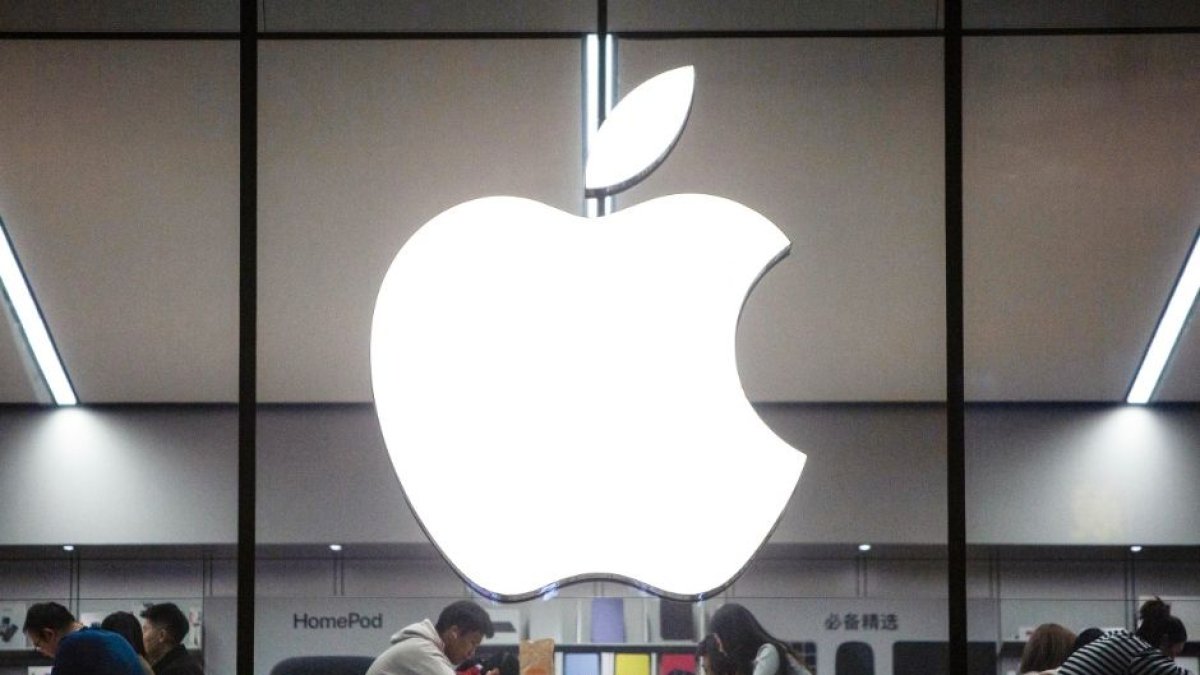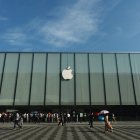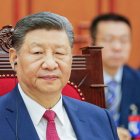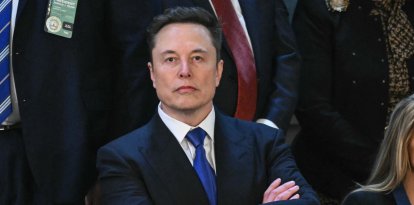Apple distances itself from China and bets on India and Vietnam to manufacture its devices
The tech giant restructures its supply chain to dodge tariff pressure after posting record revenues of $95 billion in the March quarter.

An Apple store
In a significant strategic shift, Apple has begun to restructure its supply chain to depend less on China, the country that has been the main assembly center for its products for decades. The decision comes in response to rising trade tensions between the United States and the Beijing regime, which is threatening to impose new tariffs on technology imports. As part of this transformation, the company announced that iPhones sold in the United States will be produced in India, while other devices such as iPads and electronic accessories will be manufactured in Vietnam.
This strategic shift is not minor. It represents a break with the industrial model that Apple perfected for years, based on large-scale production on Chinese soil. Now, the company is betting on a more diversified manufacturing network, both to minimize risks and to adapt to new geopolitical realities.

Technology
Judge finds Apple violated antitrust ruling in long-running case with Fortnite developers
Emmanuel Alejandro Rondón
Record revenue before tariffs.
In the March quarter, Apple achieved revenues of $95 billion, its best performance in more than two years. As the company itself explained, the rebound was driven by strong demand for its devices, fueled by early purchases from consumers seeking to get ahead of new U.S. tariffs scheduled for April.
The launch of the iPhone 16e, a cheaper model with basic artificial intelligence features, also boosted sales. Its arrival on the market coincided with a wave of purchases motivated by tariff uncertainty, which helped net profits rise to $24.8 billion, up 5% from the same period last year.

World
China reported that it is "evaluating" Trump's proposals to begin trade negotiations
Luis Francisco Orozco
India and Vietnam replace Chinese dominance
The relocation of production is not just a contingency measure; it is the start of a new era for Apple. The company had already been expanding its operations in India with support from partners such as Tata Electronics and Foxconn, but now that process is being accelerated and formalized. At the same time, Vietnam is consolidating as a new manufacturing hub for other key products.
For years, China was the backbone of Apple's production, thanks to its infrastructure and skilled workforce. However, trade tensions, regulatory instability, and falling sales within China's own market - where consumers are increasingly opting for local brands - have weakened that relationship.
The company also faces a possible 20% tariff on products imported from China and 10% on those from India. Although for now there is a partial suspension of the harsher tariffs on smartphones, the political and economic context has pushed Apple to make definitive decisions.
A less centralized future, but with new challenges
This shift in production strategy comes at a time when Apple is also facing legal and regulatory pressures in other key areas of its business. On the one hand, the multimillion-dollar royalties it receives from Google for being the default search engine in Safari could be in jeopardy following a court ruling for antitrust practices. On the other hand, the App Store is under scrutiny for its commission model, with lawsuits that could force the company to allow alternative purchasing channels.
Still, the underlying message is clear: Apple can no longer rely exclusively on China as its hub. In an environment where foreign policy and international trade directly impact business decisions, the company is betting on a production network that is more flexible, more distributed, and better prepared to face the ups and downs of the global stage.


























